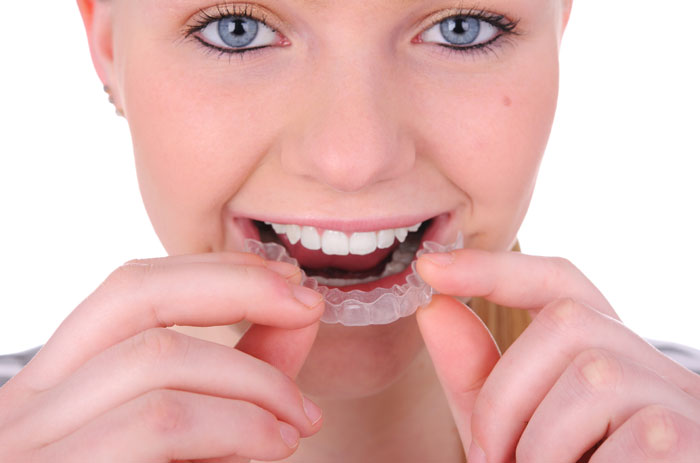The Invisalign Reality Check: My 15+ Years in Dentistry Have Actually Shown Me
Look, I'll cut straight to it. You've probably seen those perfect before-and-after photos online, maybe watched some TikTok videos of people popping in their clear aligners, and now you're wondering if Invisalign is really as amazing as everyone says.
After treating hundreds of adults with clear aligners over the past decade and a half, I've got some things to tell you that you won't hear from the marketing materials.
Adults Aren't Teenagers
Here's the first reality check: your 35-year-old teeth don't move like a 16-year-old's teeth. The bone around adult teeth is denser, more set in its ways. Those timeline estimates you see? Add about 30% more time to whatever they tell you.
Most of my adult patients end up in treatment for 12–18 months, not the magical 6–9 months that gets thrown around. Complex cases? We're talking closer to two years. I'd rather be honest upfront than have you disappointed later.
But here's the flip side—adults actually get better results because they follow instructions. When you're paying with your own money and taking time out of your busy schedule, you wear those aligners religiously.
Where Invisalign Actually Works Well
- Gaps between front teeth – predictable movement and faster results.
- Mild crowding – overlapping teeth that aren’t severely twisted.
- Relapse cases – patients who had braces as kids and shifted later.
When I Tell People to Look Elsewhere
- Severe bite problems that clear aligners can’t fully fix.
- Missing several back teeth—aligners need grip to work properly.
- Heavy teeth grinders—aligners may crack frequently.
The Day-to-Day Truth
- Week 1: Expect soreness, a lisp, and constant awareness of the aligners.
- Months 2–4: Motivation dips; removing aligners for snacks gets annoying.
- Month 6: Visible progress boosts compliance.
- End of treatment: Refinement aligners are common and normal.
The Tech Side
- Digital scanning has replaced messy impressions.
- 3D previews help spot difficult movements before treatment starts.
Money Talk - The Real Numbers
- Treatment costs range from $3,000 to $7,000 depending on complexity.
- Payment plans are common to make treatment more affordable.
- Insurance coverage for adults varies widely—check before starting.
Daily Life Changes You Need to Know About
- Eating becomes more intentional—no casual snacking without removing aligners.
- Oral hygiene improves because trapped food quickly becomes unpleasant.
- Travel requires backups to avoid treatment delays if aligners are lost.
What Good Results Actually Look Like
- Perfect symmetry isn’t realistic—faces aren’t naturally symmetrical.
- Good results mean improved function, appearance, and long-term stability.
- Significant improvement matters more than tiny cosmetic “flaws.”
Making This Decision Smart
- Have a thorough consultation—avoid vague answers about time and cost.
- Ask lifestyle-specific questions, not just “will it work?”
- Request before-and-after photos of cases similar to yours.
Final Thoughts (No Fluff)
Invisalign can genuinely change your life if you're the right candidate with realistic expectations and serious commitment. It's not magic, it's not always easy, and it's not right for everyone.
The patients who do best understand what they're signing up for and stick with it even when it gets tedious.
If you're ready for an honest conversation about whether this makes sense for your specific situation, call Fine Dentistry at (407) 777-2071. We'll tell you straight up if you're a good candidate or if your time and money would be better spent elsewhere.

